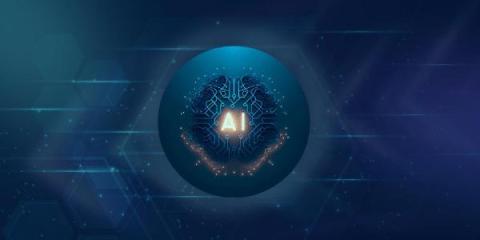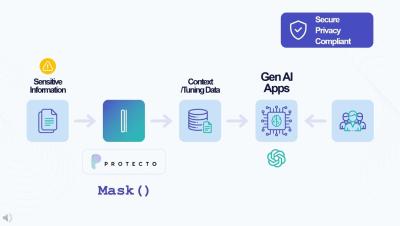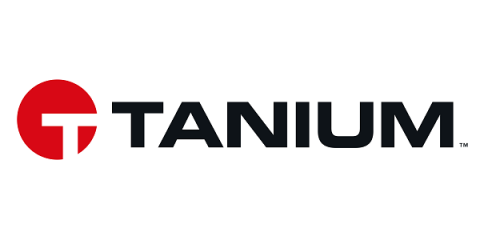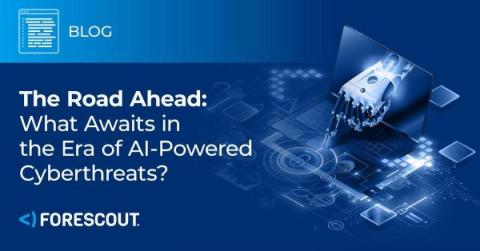Security | Threat Detection | Cyberattacks | DevSecOps | Compliance
AI
In AI we trust: AI governance best practices from legal and compliance leaders
What Existing Security Threats Do AI and LLMs Amplify? What Can We Do About Them?
Protecto - Data Protection for Gen AI Applications. Embrace AI confidently!
AI & Cybersecurity: Navigating the Digital Future
As we keep a close eye on trends impacting businesses this year, it is impossible to ignore the impacts of Artificial Intelligence and its evolving relationship with technology. One of the key areas experiencing this transformational change is cybersecurity. The integration of AI with cybersecurity practices is imperative, and it also demands a shift in how businesses approach their defenses.
Ultimate Guide to AI Cybersecurity: Benefits, Risks and Rewards
What do you get when you combine artificial intelligence (AI) and cybersecurity? If you answered with faster threat detection, quicker response times and improved security measures... you're only partially correct. Here's why.
AI and digital twins: A roadmap for future-proofing cybersecurity
Keeping up with threats is an ongoing problem in the constantly changing field of cybersecurity. The integration of artificial intelligence (AI) into cybersecurity is emerging as a vital roadmap for future-proofing cybersecurity, especially as organizations depend more and more on digital twins to mimic and optimize their physical counterparts.
Implementing AI: Balancing Business Objectives and Security Requirements
Artificial Intelligence (AI) and machine learning have become integral tools for organizations across various industries. However, the successful adoption of these technologies requires a careful balance between business objectives and security requirements.
The Road Ahead: What Awaits in the Era of AI-Powered Cyberthreats?
2024 IT Predictions: What to Make of AI, Cloud, and Cyber Resiliency
The future is notoriously hard to see coming. In the 1997 sci-fi classic Men in Black — bet you didn’t see that reference coming — a movie about extraterrestrials living amongst us and the secret organization that monitors them, the character Kay, played by the great Tommy Lee Jones, sums up this reality perfectly: While vistors from distant galaxies have yet to make first contact — or have they? — his point stands.











